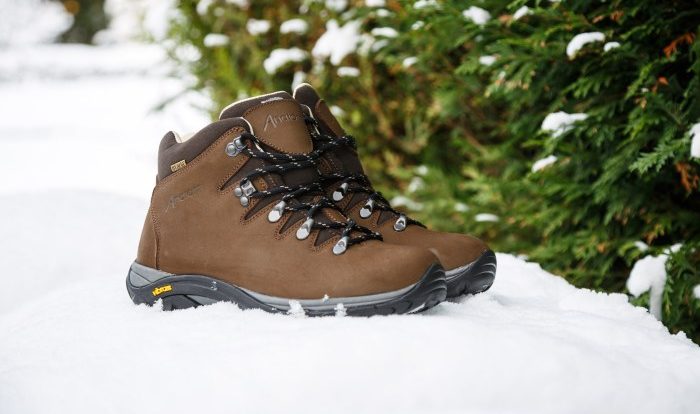Correctly identify the following anatomical parts of the glenohumeral joint. – The glenohumeral joint, a crucial component of human anatomy, enables a remarkable range of motion in the shoulder. Understanding its intricate anatomical parts is paramount for comprehensive diagnosis and effective treatment of related injuries and conditions.
Composed of bones, ligaments, tendons, muscles, and nerves, the glenohumeral joint orchestrates a symphony of movements, from simple flexion and extension to complex rotations and circumduction. This intricate interplay highlights the significance of accurately identifying each anatomical component.
Introduction: Correctly Identify The Following Anatomical Parts Of The Glenohumeral Joint.

The glenohumeral joint is a synovial joint that connects the humerus to the scapula. It is the most mobile joint in the body and allows for a wide range of motion, including flexion, extension, abduction, adduction, and rotation. The glenohumeral joint is essential for everyday activities such as reaching, throwing, and lifting.
Anatomical Parts of the Glenohumeral Joint
The glenohumeral joint is composed of several anatomical parts, including:Bones
- Humerus
- Scapula
Ligaments
- Glenohumeral ligaments
- Coracohumeral ligament
- Superior glenohumeral ligament
- Middle glenohumeral ligament
- Inferior glenohumeral ligament
Tendons
- Biceps tendon
- Triceps tendon
- Supraspinatus tendon
- Infraspinatus tendon
- Teres minor tendon
- Subscapularis tendon
Muscles
- Deltoid muscle
- Supraspinatus muscle
- Infraspinatus muscle
- Teres minor muscle
- Subscapularis muscle
Nerves
- Axillary nerve
- Suprascapular nerve
- Musculocutaneous nerve
Functions of the Glenohumeral Joint

The glenohumeral joint allows for a wide range of motion, including:
Flexion
Bending the arm at the elbow
Extension
Straightening the arm at the elbow
Abduction
Moving the arm away from the body
Adduction
Moving the arm towards the body
Rotation
Turning the arm inward or outwardThe anatomical parts of the glenohumeral joint work together to allow for this range of motion. The bones provide the structure and support for the joint, while the ligaments and tendons stabilize the joint and prevent excessive movement.
The muscles generate the force necessary to move the joint, and the nerves control the movement of the muscles.
Clinical Significance

The glenohumeral joint is commonly affected by injuries and conditions, such as:
Dislocations
The humerus is dislocated from the glenoid fossa
Rotator cuff tears
The tendons of the rotator cuff muscles are torn
Frozen shoulder
The capsule of the glenohumeral joint becomes thickened and stiff
Arthritis
The cartilage in the glenohumeral joint is damagedUnderstanding the anatomy of the glenohumeral joint is essential for diagnosing and treating these injuries and conditions.
Illustrative Aids

Table of Anatomical Parts of the Glenohumeral Joint| Name | Type | Function ||—|—|—|| Humerus | Bone | Provides structure and support || Scapula | Bone | Provides structure and support || Glenohumeral ligaments | Ligaments | Stabilize the joint || Coracohumeral ligament | Ligament | Stabilizes the joint || Superior glenohumeral ligament | Ligament | Stabilizes the joint || Middle glenohumeral ligament | Ligament | Stabilizes the joint || Inferior glenohumeral ligament | Ligament | Stabilizes the joint || Biceps tendon | Tendon | Attaches the biceps muscle to the humerus || Triceps tendon | Tendon | Attaches the triceps muscle to the humerus || Supraspinatus tendon | Tendon | Attaches the supraspinatus muscle to the humerus || Infraspinatus tendon | Tendon | Attaches the infraspinatus muscle to the humerus || Teres minor tendon | Tendon | Attaches the teres minor muscle to the humerus || Subscapularis tendon | Tendon | Attaches the subscapularis muscle to the humerus || Deltoid muscle | Muscle | Abducts the arm || Supraspinatus muscle | Muscle | Abducts the arm || Infraspinatus muscle | Muscle | Externally rotates the arm || Teres minor muscle | Muscle | Externally rotates the arm || Subscapularis muscle | Muscle | Internally rotates the arm || Axillary nerve | Nerve | Innervates the deltoid muscle || Suprascapular nerve | Nerve | Innervates the supraspinatus and infraspinatus muscles || Musculocutaneous nerve | Nerve | Innervates the biceps muscle |Diagram of the Glenohumeral Joint[Diagram of the glenohumeral joint showing the bones, ligaments, tendons, muscles, and nerves]
Top FAQs
What is the glenohumeral joint?
The glenohumeral joint is a ball-and-socket joint that connects the humerus (upper arm bone) to the scapula (shoulder blade).
What are the main anatomical parts of the glenohumeral joint?
The main anatomical parts of the glenohumeral joint include the humeral head, glenoid cavity, labrum, capsule, ligaments, tendons, muscles, and nerves.
What is the importance of understanding the anatomy of the glenohumeral joint?
Understanding the anatomy of the glenohumeral joint is important for diagnosing and treating injuries and conditions that affect the shoulder.
